Pachamanca Farm Lunch Ollantaytambo. El Albergue Hotel dates back nearly a century standing near the Ollantaytambo Train Station. The town of Ollantaytambo sits in the Sacred Valley, half-way between Machu Picchu and Cusco. Wendy Weeks, a young artist from Seattle, settled in Ollantaytambo in the 1970’s and took over and rebirthed the hotel.
In 2011, the lodge started an organic farm adjacent to the hotel. Ollantaytambo has been an agricultural centers prior to even the Incas settling in the area. Today, agriculture remains a main driver in the local economy. In fact, visitors will be awed by the Incan’s ingenuity of terraced fields, granaries, and water canals dating back over 500 years that are present in the Sacred Valley.
The farm is filled with vegetables, quinua, corn, and of course potatoes. Chickens and pigs also make their homes at the farm. The farm is plowed with oxen and no synthetic fertilizers are used at the farm. On the farm is also a small schoolhouse which educates children in the local community.
A highlight of visiting the farm at El Albergue is partaking in a Pachamanca (which translates to earthen-oven) farm lunch. I was greeted by a pony-tailed Oscar, the farm manager and given a tour of the farm set in the valley. After the tour, he led me over to a shallow pit, covered in greyish-brown rocks. A fire simmered, heating up the pile of rocks. 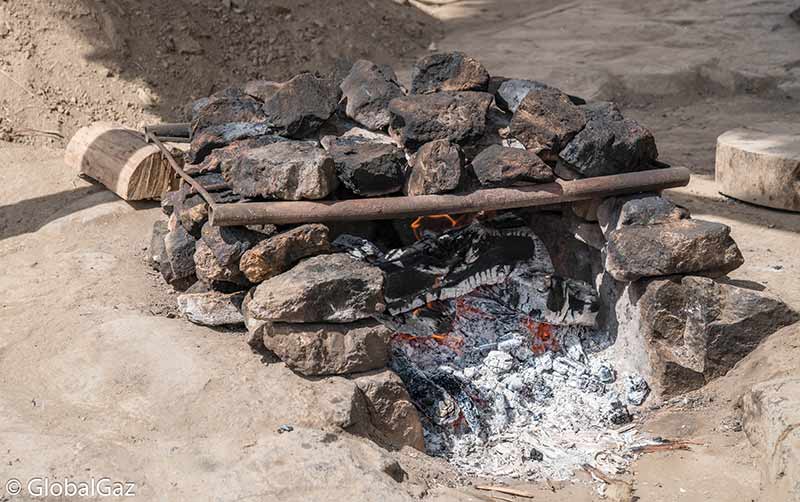
They distill Cañazo, which is derived from fresh harvested and squeezed sugar cane juice. Cañazo’s history in the Andes Mountains dates back to the 16th century. The crisp drinks were garnished with palo santo (similar to frankincense) and molle peppercorns.
The rocks were brought to their proper temperature and the chefs layered our future meal over the stones. Chicken and pork mixed with vegetables with of course Peru’s omnipresent potatoes. Four thousand different varieties of potatoes are found in the Andes. Another layer of rocks were placed over the simmering food, which was then covered by a tarp. The chefs then piled on a carpet of soil to trap the heat. I relaxed and sipped my drink. Thirty minutes elapsed and the food was ready to serve.
The next hour was spent lounging at the picnic table as the sun and slow wind accompanied me as I gorged on this Andean feast.
And check out my three days I spent in the Sacred Valley.
Pachamanca Farm Lunch Ollantaytambo.
Disclosure: I was an invited guest for the Pachamanca Farm Lunch. The opinions expressed are my own.

Photos From Chernobyl
Sign up to receive your free copy of Photos From Chernobyl. Over 100 photos from the Chernobyl Exclusion Zone.

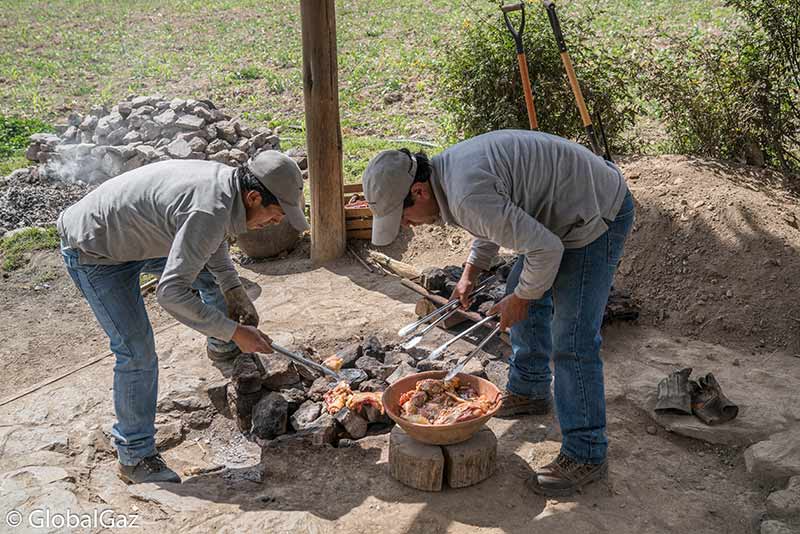
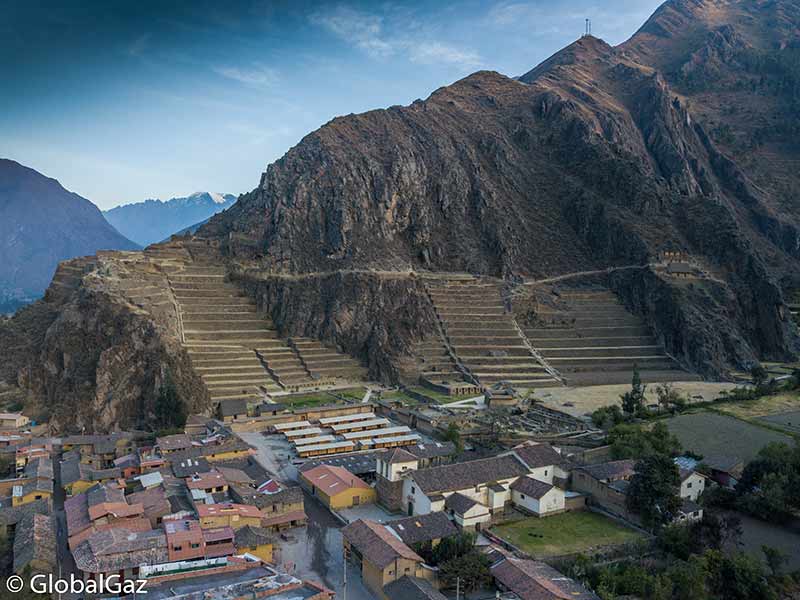
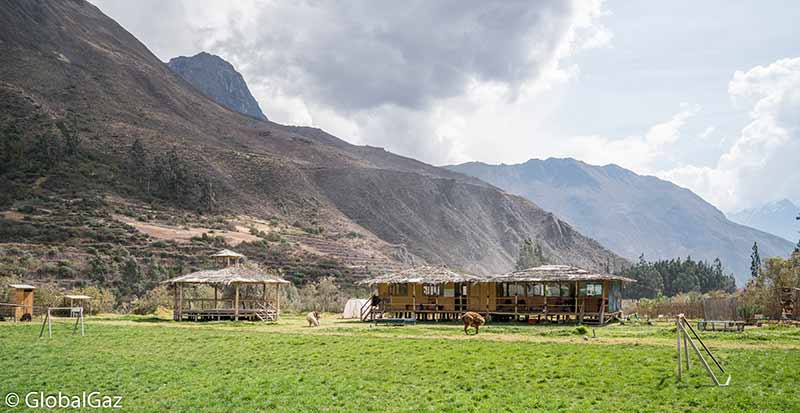
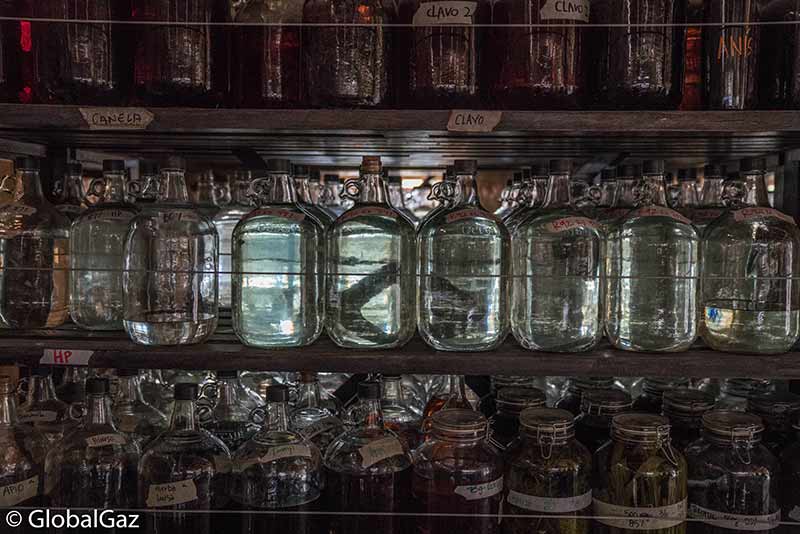
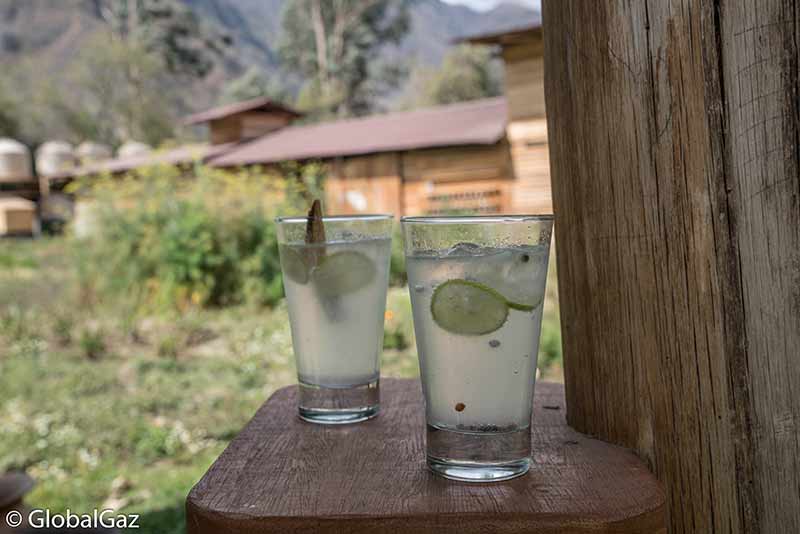
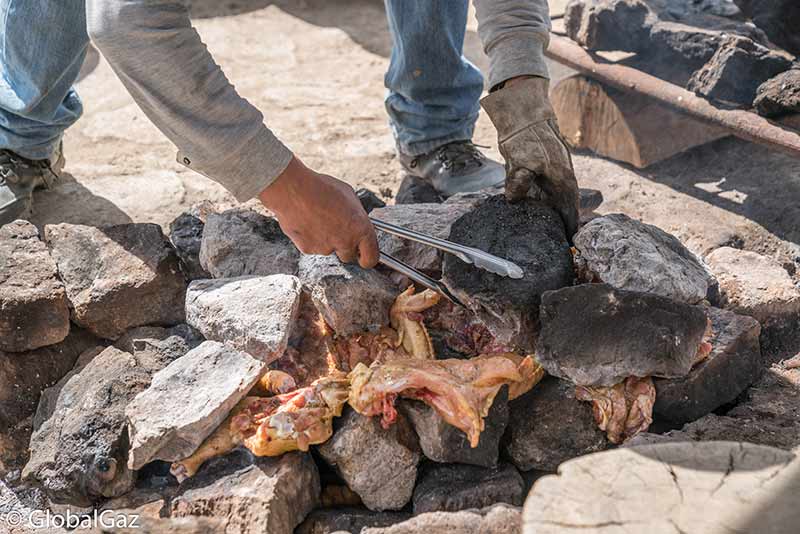

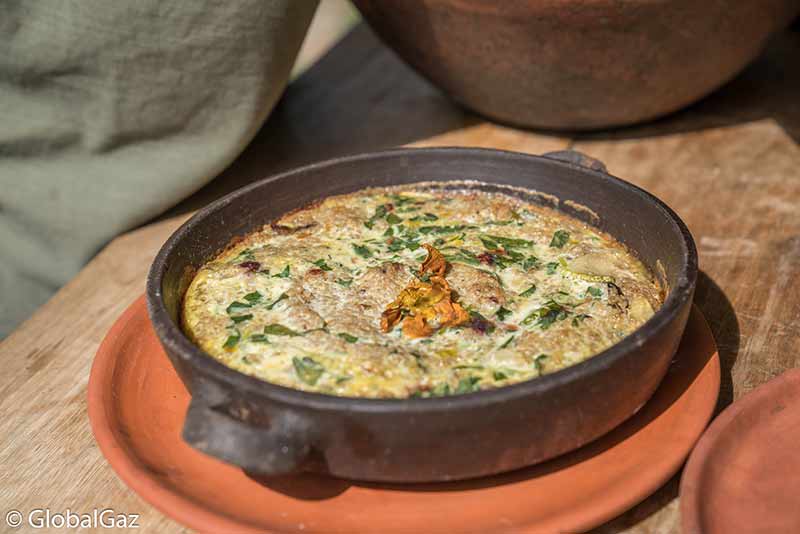

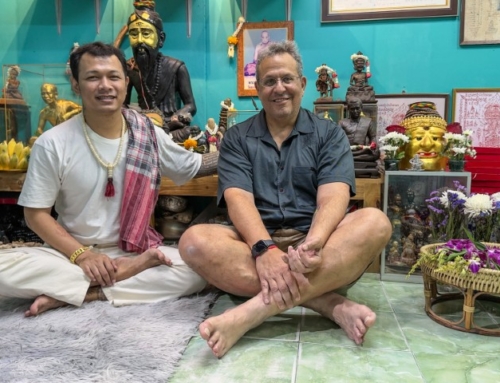
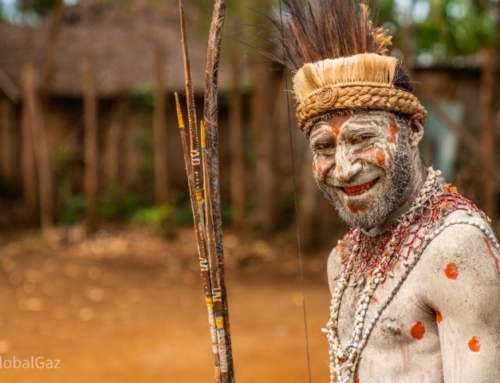
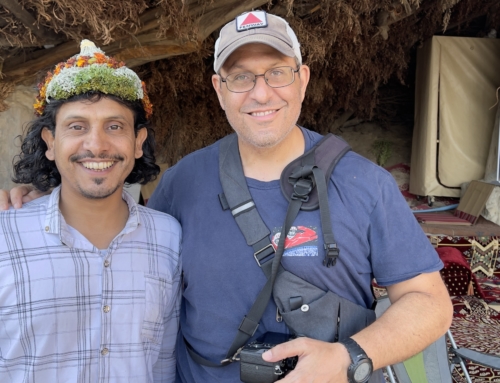

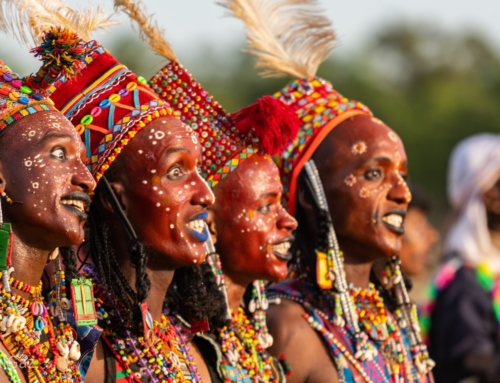
[…] Sauce Hostel was located centrally in the quaint and compact Ollantaytambo, just steps away from the main plaza and a short walk to the Ollantaytambo ruins. I checked in and took a quick nap. Feeling refreshed, I made my way under the high altitude sun to El Albergue Hotel to partake in a Pachamanca lunch. Pachamanca? Pachamanca translates to “earth oven” in the Quechua language, which is the indigenous language spoken by approximately by 10 million people in the Andes Mountains. This is a traditional Incan meal cooked upon hot rocks in a shallow pit. I relaxed at a picnic table lazily gorging on local fare at this organic farm. This was a relaxing way to ease into five weeks of exploration in South America. Read more about my awesome meal. […]
Such an interesting way to prepare a meal. I am used to hearing about this style of cooking in the Middle East, but not in Peru.
What country did you have this in the middle east? Tasty meal?